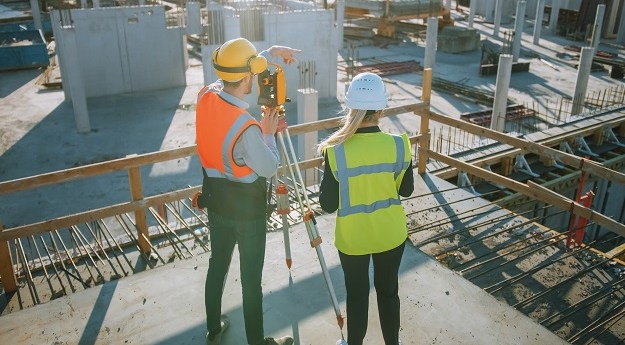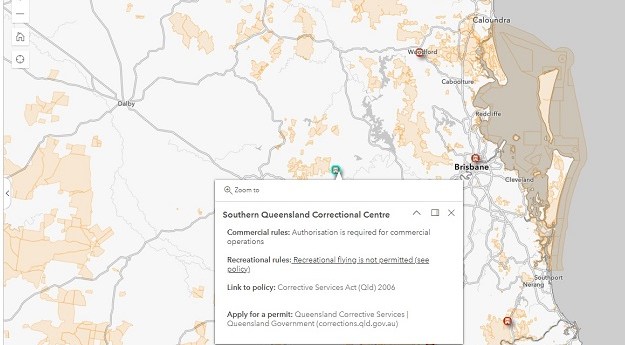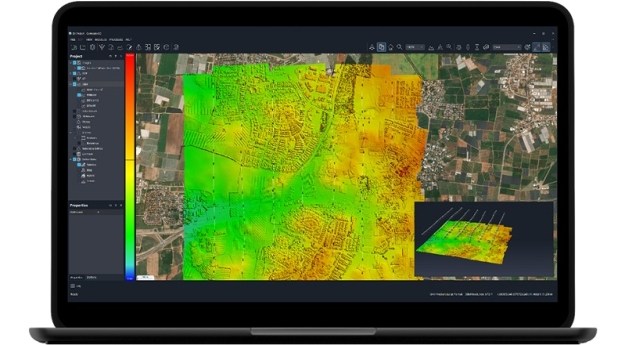
Communication issues, not human error have been found to be the most common cause of RPAS incidents. This image shwos a Camclone T21 UAV fitted with CSIRO guidance system used to inspect power lines. Source: CSIRO (CC BY 3.0)
Researchers from Australia have analysed drone incidents and accidents the world over to determine the underlying cause of RPAS operations gone wrong. Surprisingly, the study showed technical problems were the cause of 64 per cent of the incidents, not operator error.
Researchers Dr Graham Wild and Dr Glenn Baxter from RMIT University’s School of Engineering, along with John Murray from Edith Cowan University, completed the first examination of more than 150 reported civil incidents occurring between 2006 and 2016 involving drones, or Remotely Piloted Aircraft Systems (RPAS).
Specifically, it was found that RPAS operations are more likely to experience loss of control in-flight, events during takeoff and in cruise, as well as equipment problems. The researchers have shown that technology issues, not human factors, are the key contributor in RPAS events. This is a significant finding, as it is contrary to the industry view which has held for the past quarter of a century that human factors are the key contributor.
The research came about after an incident earlier this year involving a drone and a British Airways Airbus A320 at Heathrow Airport.
Recently published in the journal Aerospace, the study “Exploring Civil Drone Accidents and Incidents to Help Prevent Potential Air Disasters” found that in most cases, broken communications links between the pilot and the RPAS were the cause of the incident, leading the researchers to call for the introduction of commercial aircraft-type regulations to govern the communications systems.

In April 2016, a drone reportedly struck a British Airways passenger jet ahead of landing at Heathrow Airport.
It is expected many incidents go unreported, and the researchers urge all RPAS operators to report their incidents as they arise.
“Understanding what happens to drones, even those that don’t cause damage to people or property, is essential to improve safety,” researcher Dr Graham Wild said.
Wild also asserted that regulators therefore should also be looking at technologies and not just focussing on operators.
The study’s findings illustrated the need for further airworthiness requirements for RPAS vehicles, as well as the mandatory reporting of all accidents or incidents.
“Large transport category aircraft, such as those from a Boeing or Airbus, are required to have triple redundant systems for their communications,” Wild said.
“But drones don’t and some of the improvements that have reduced the risks in those aircraft could also be used to improve the safety of drones.”
To overcome the issue, Wild said more robust communications systems, even on cheaper RPAS, could help prevent accidents.
Part of the problem with current regulations was related to the large difference in size between those drones that required licences and those that didn’t.” – Dr Graham Wild
In Australia, RPAS weighing less than 25kg do not require any airworthiness certificate, just licences for the pilot.
“Drones are being used for a wide range of tasks now and there are a lot of day-to-day activities that people want to use them for – delivering pizzas and packages, taking photos, geosurveying, firefighting, and search and rescue,” he said.
“It’s essential that our safety regulations keep up with this rapidly-growing industry.”












